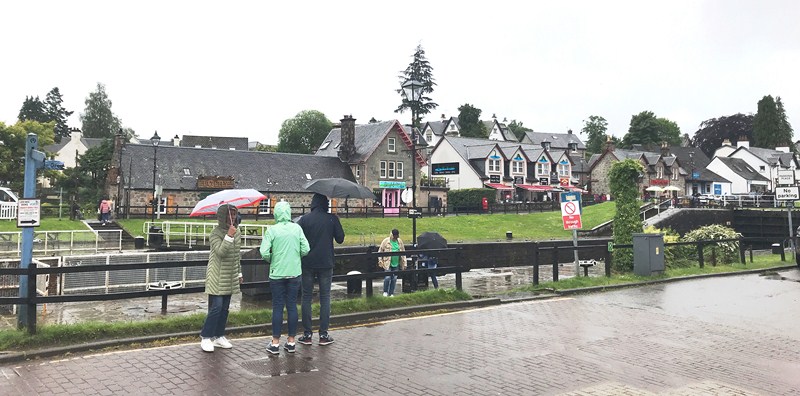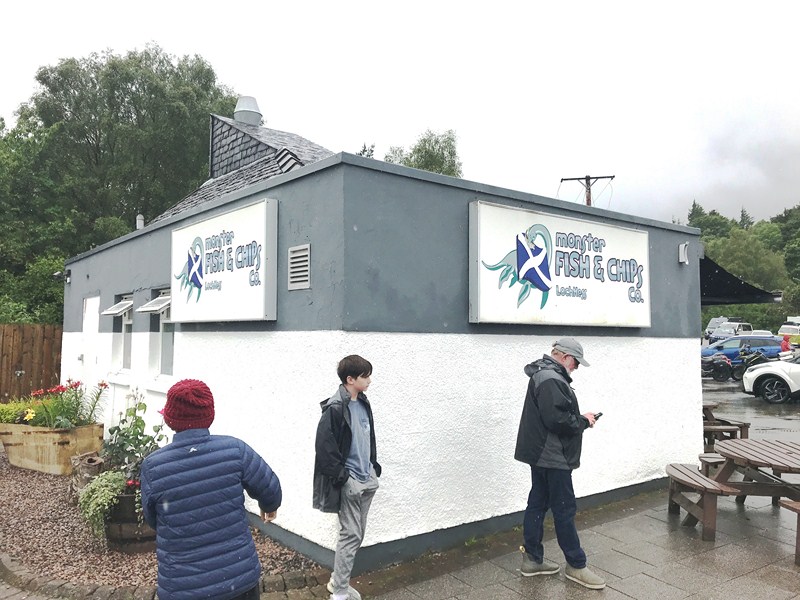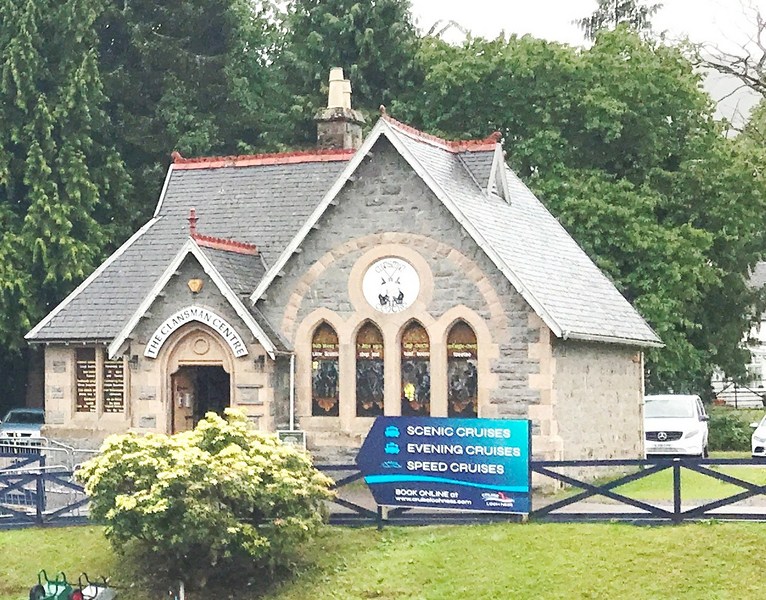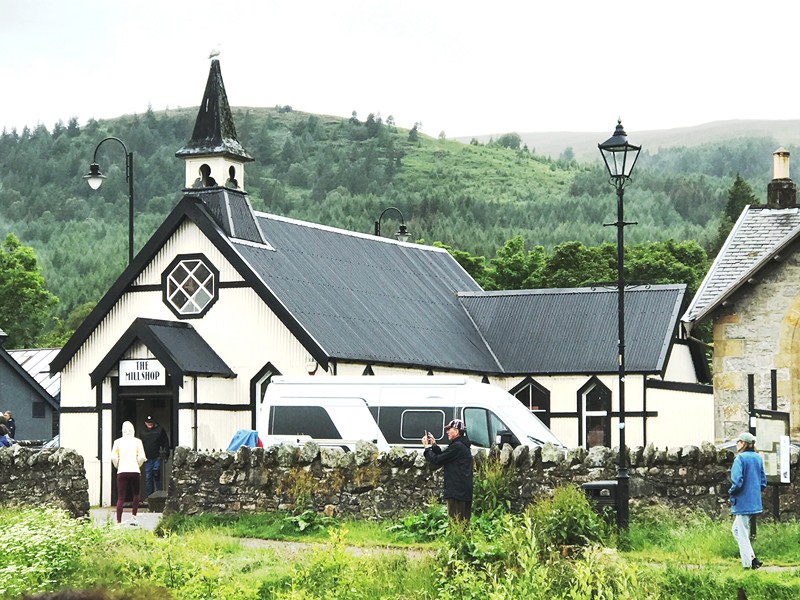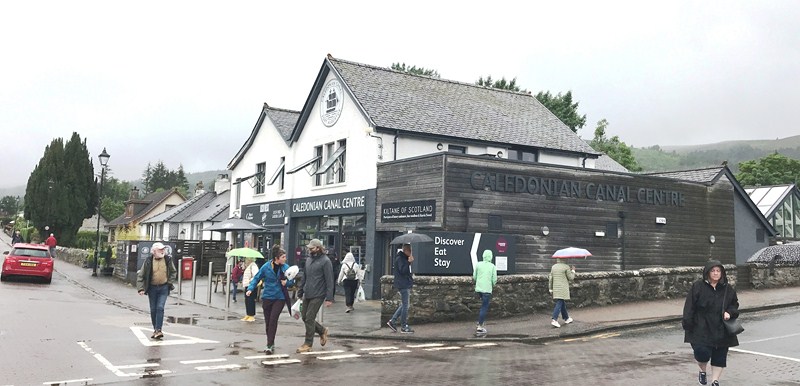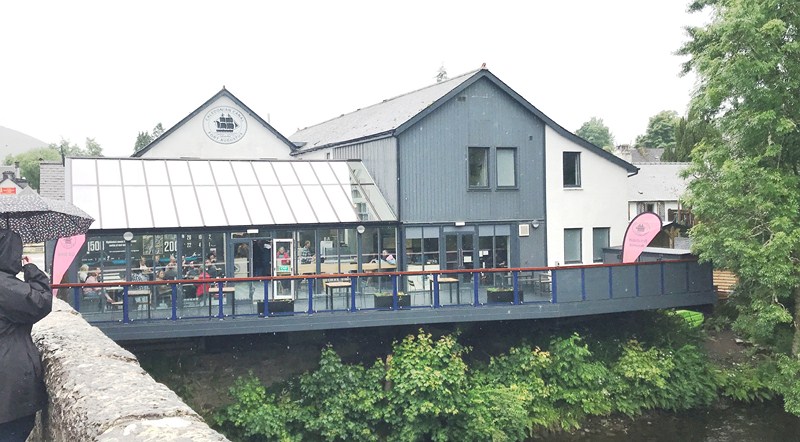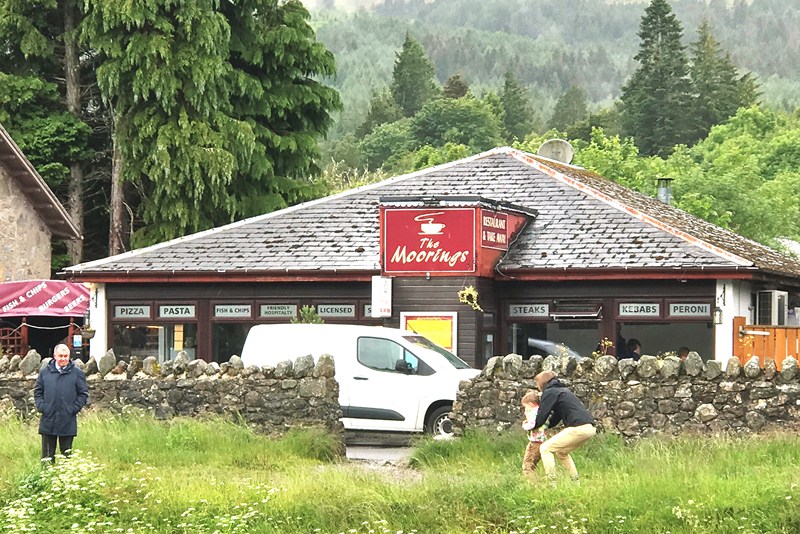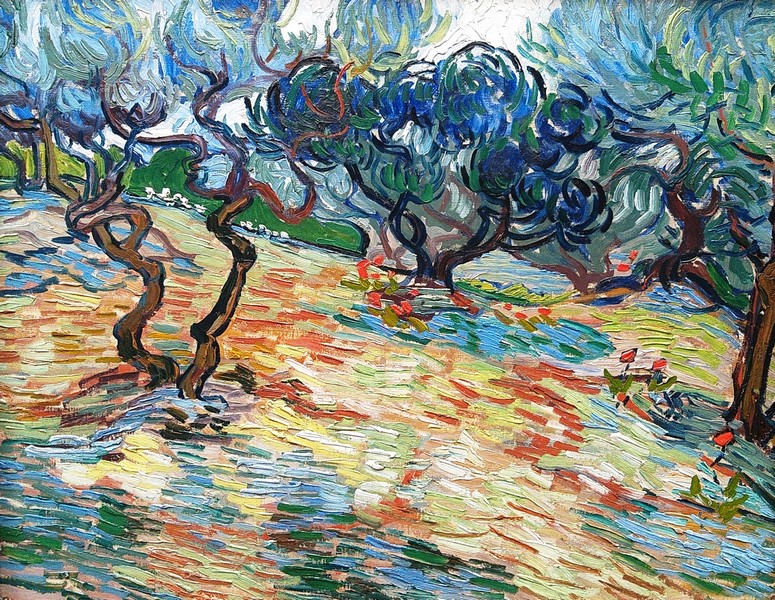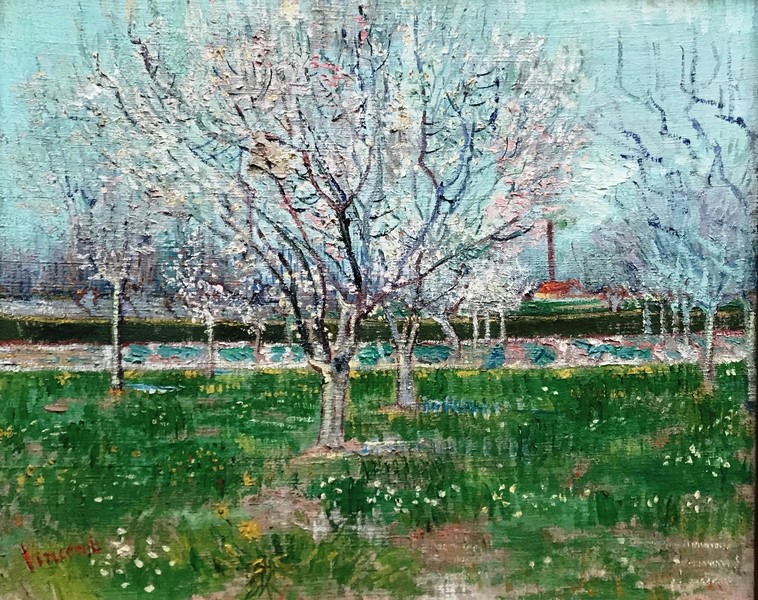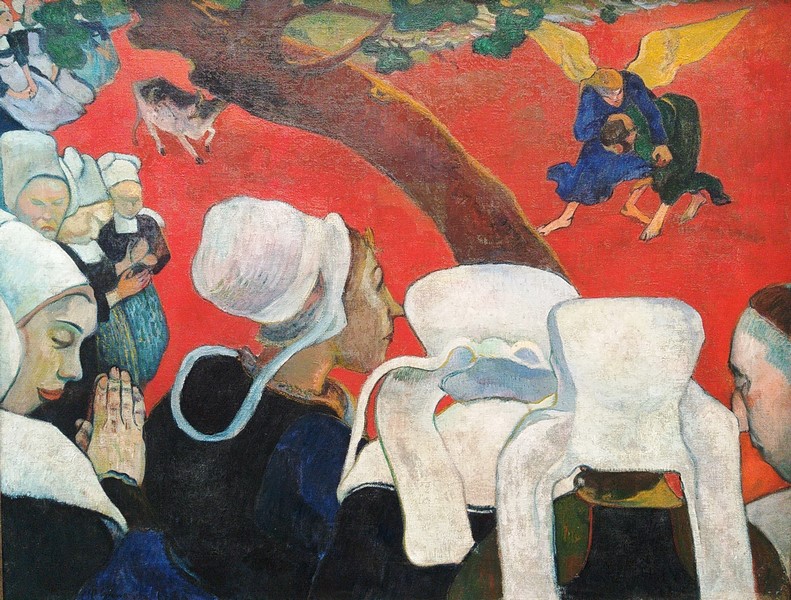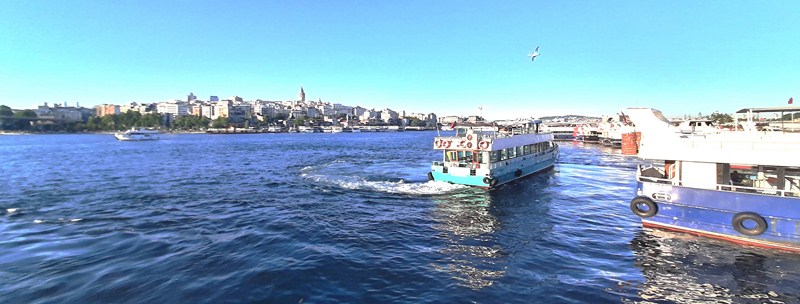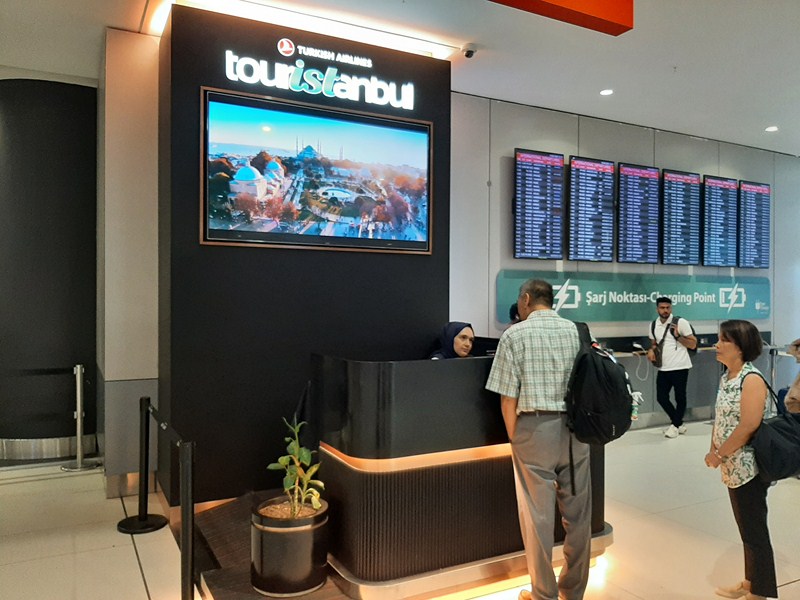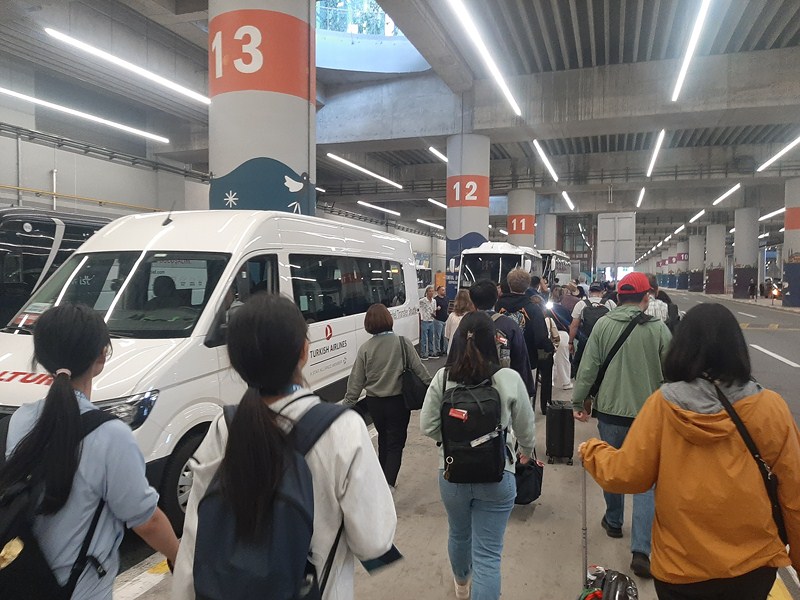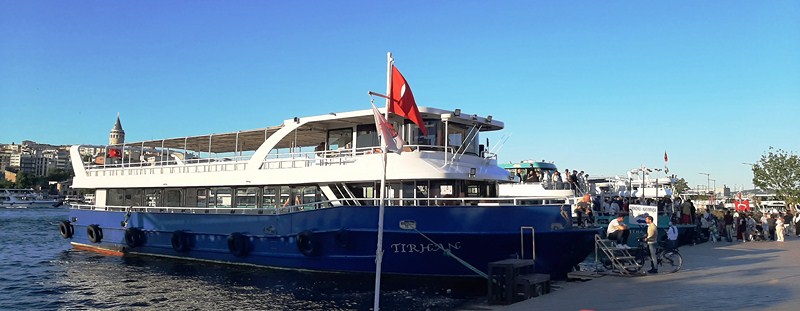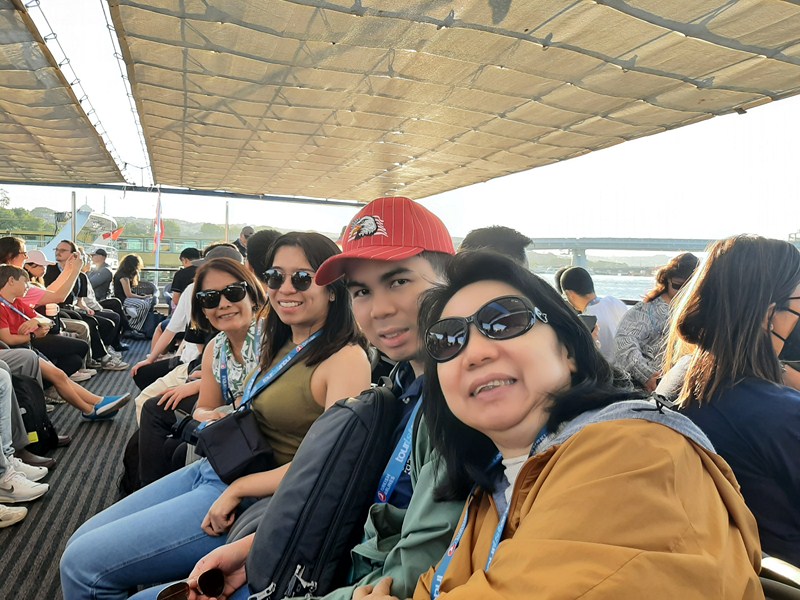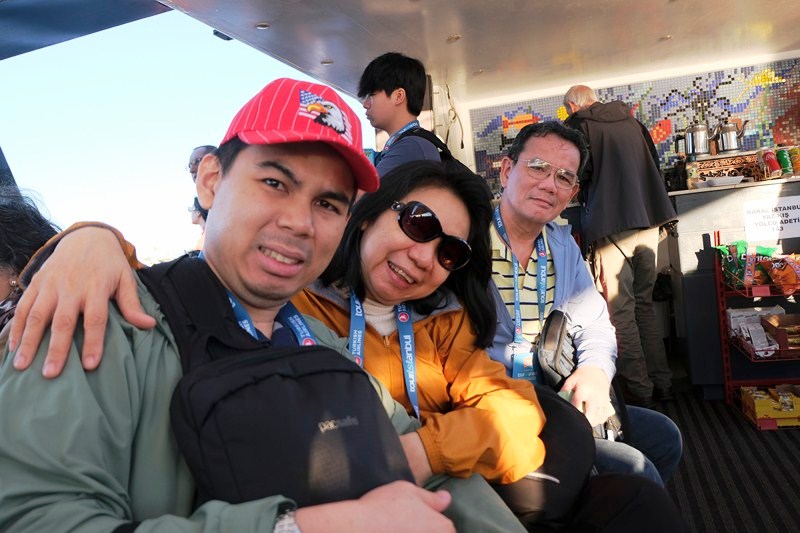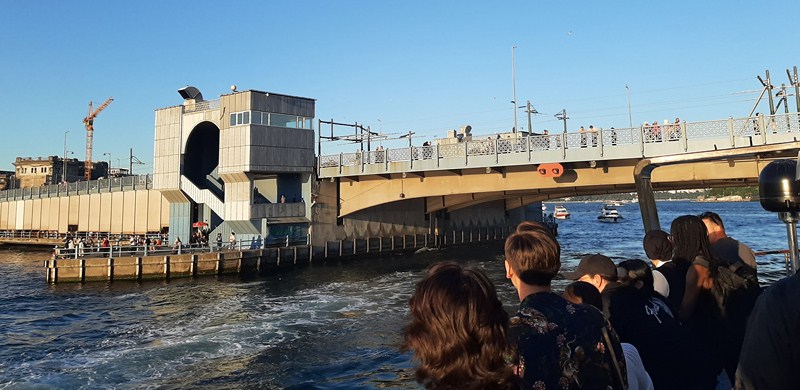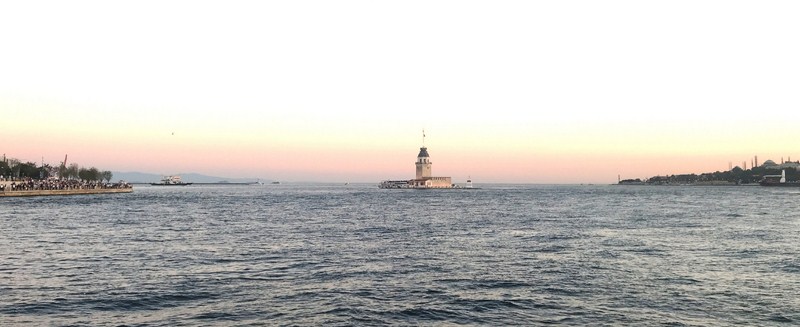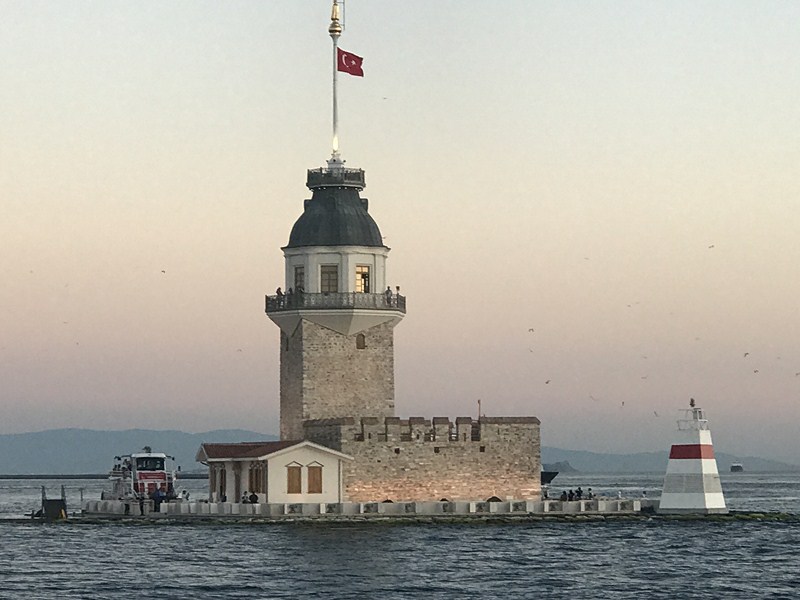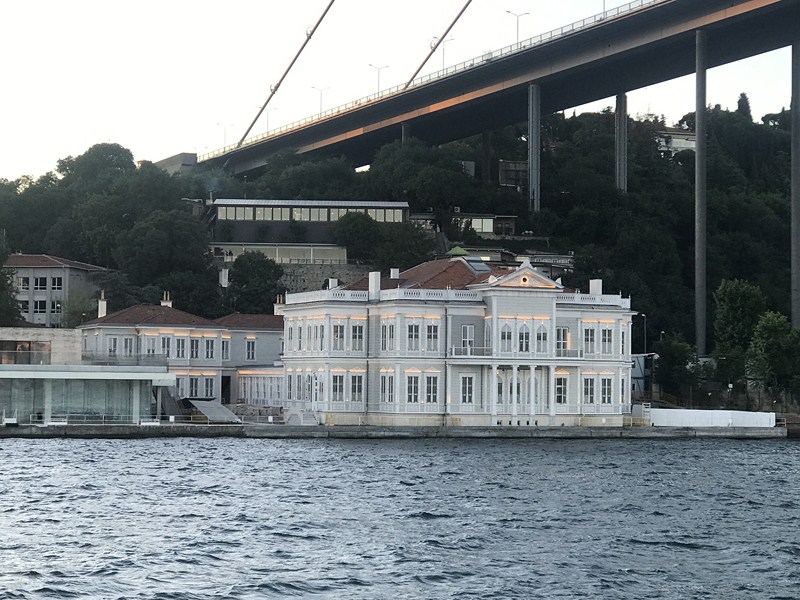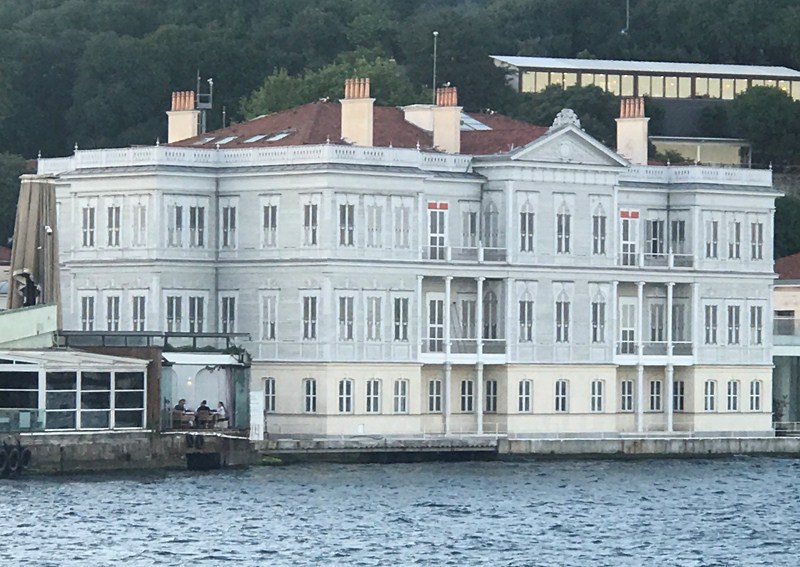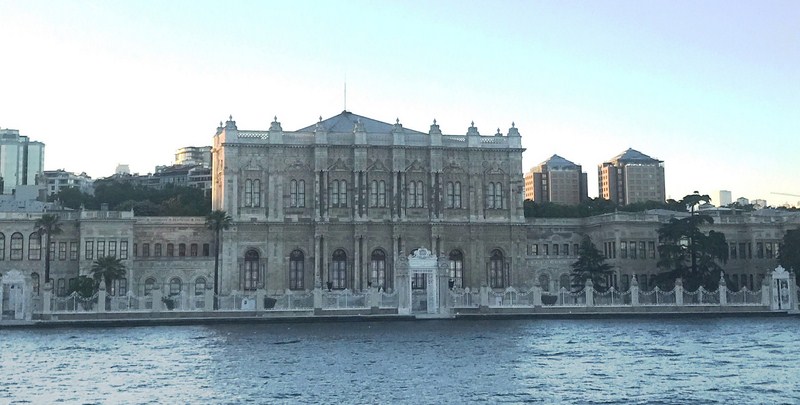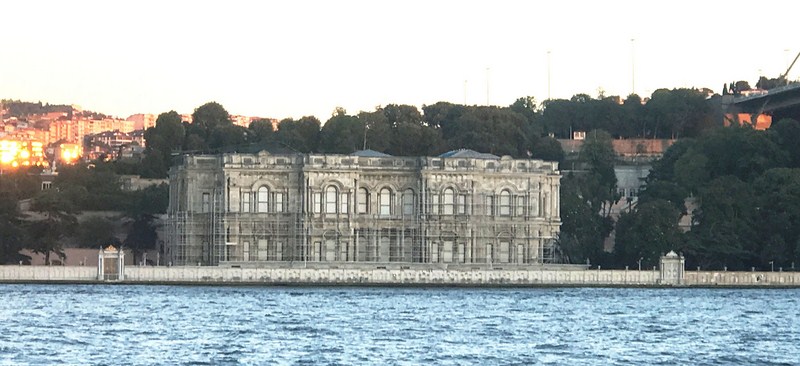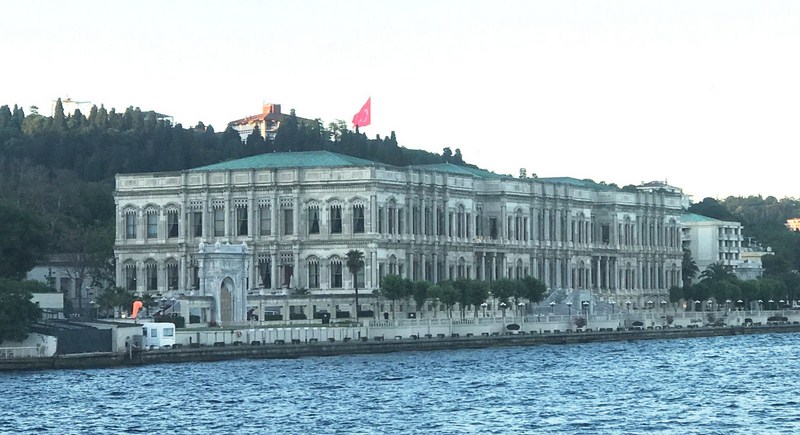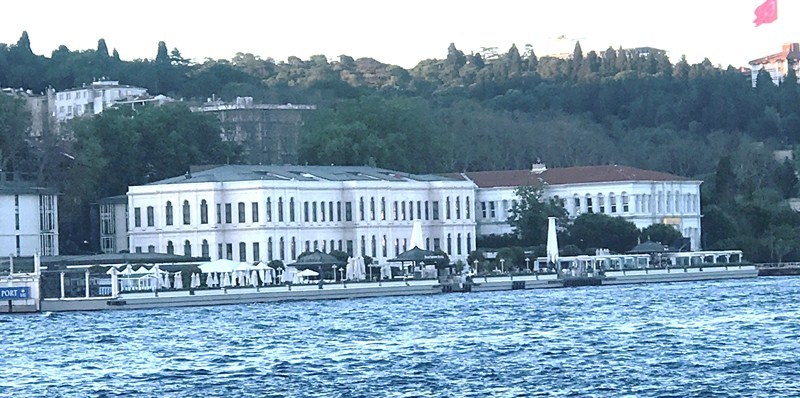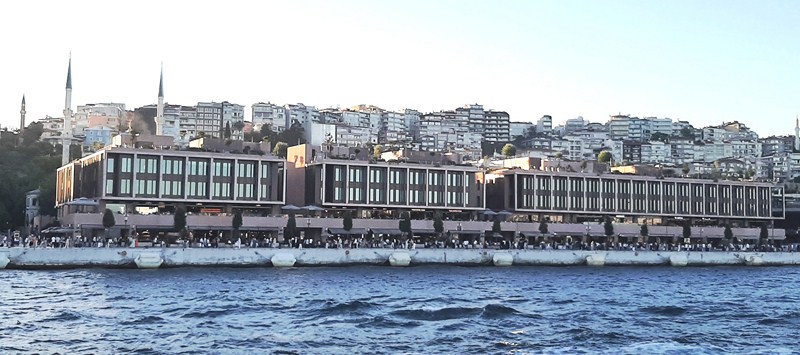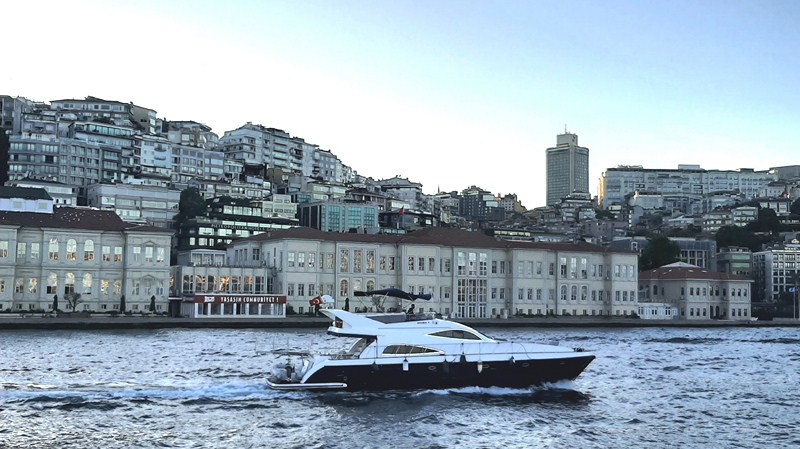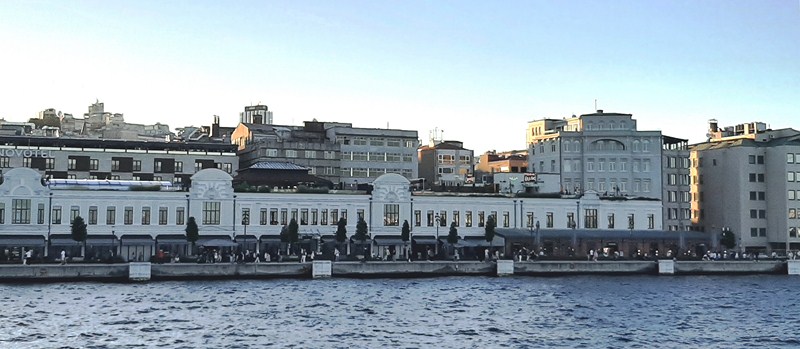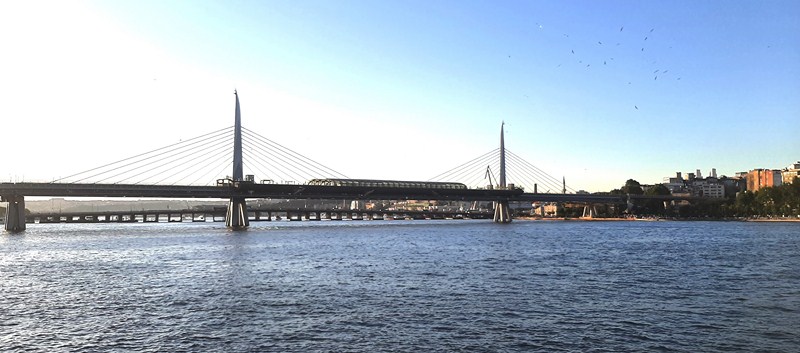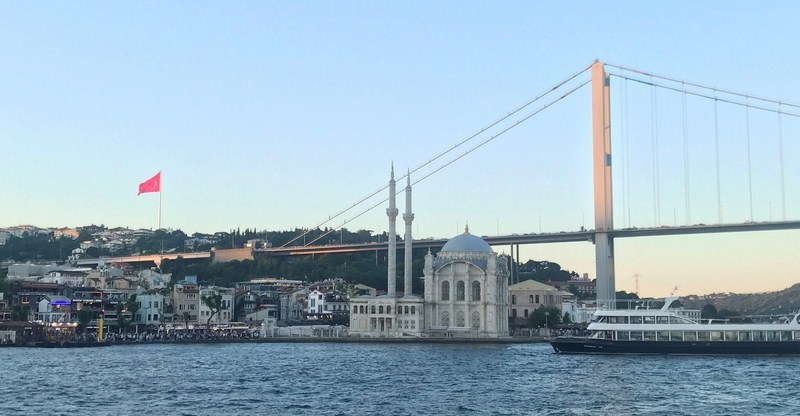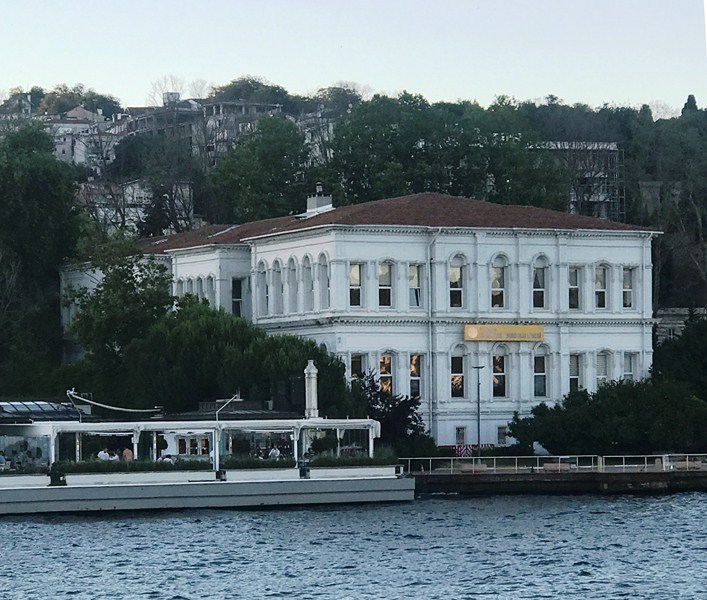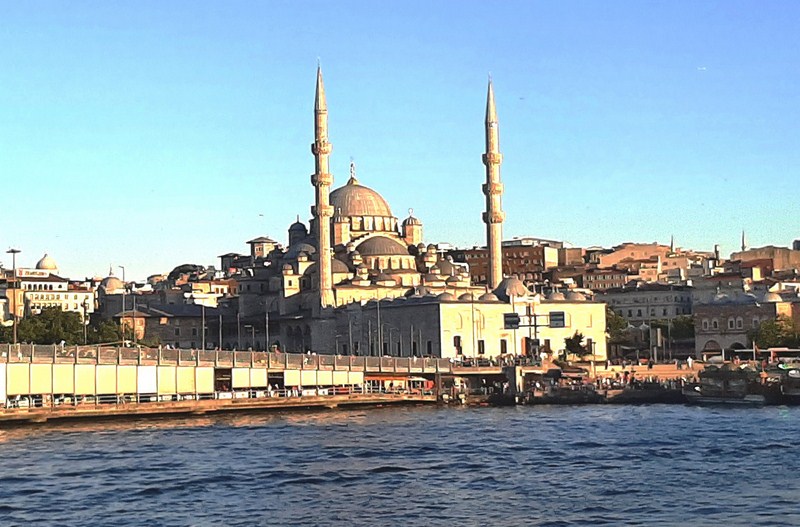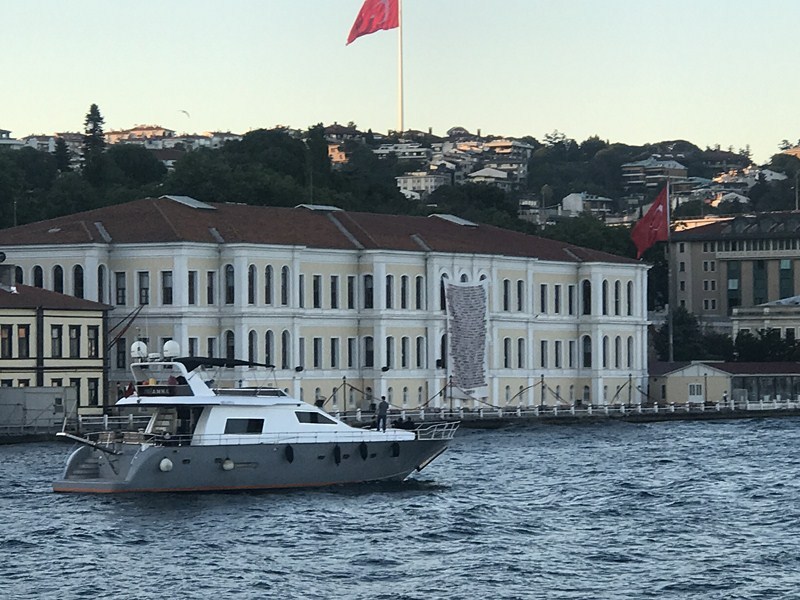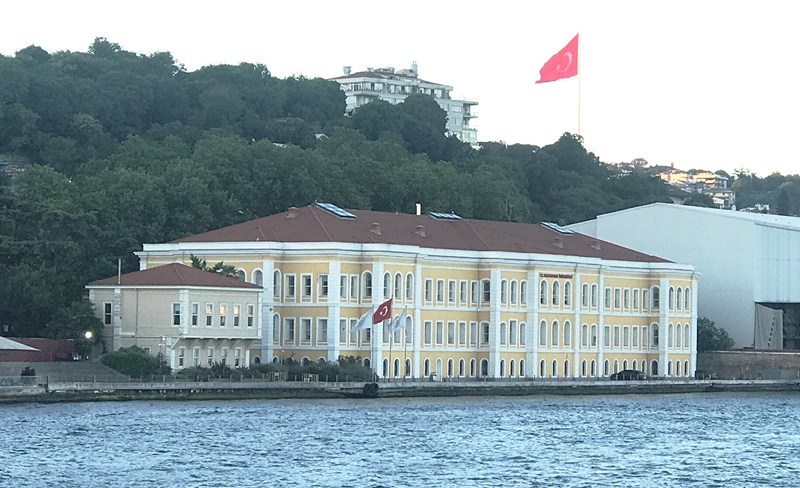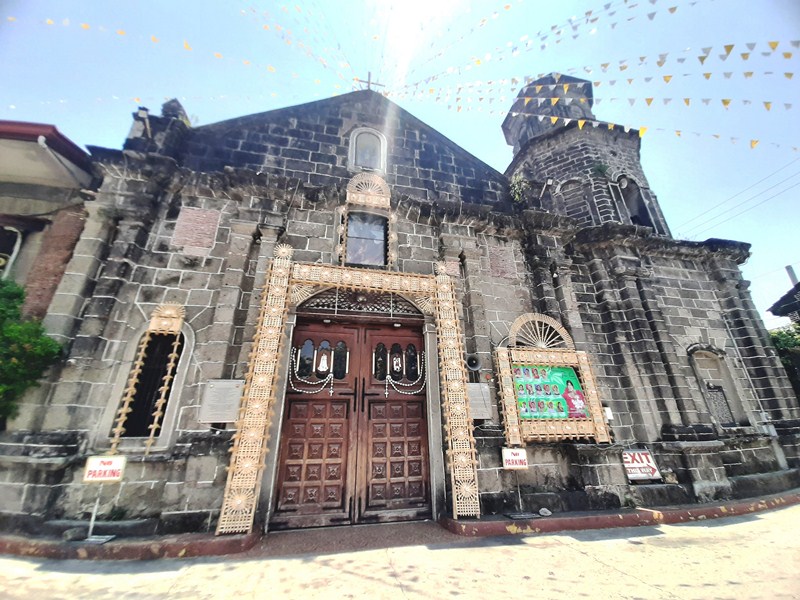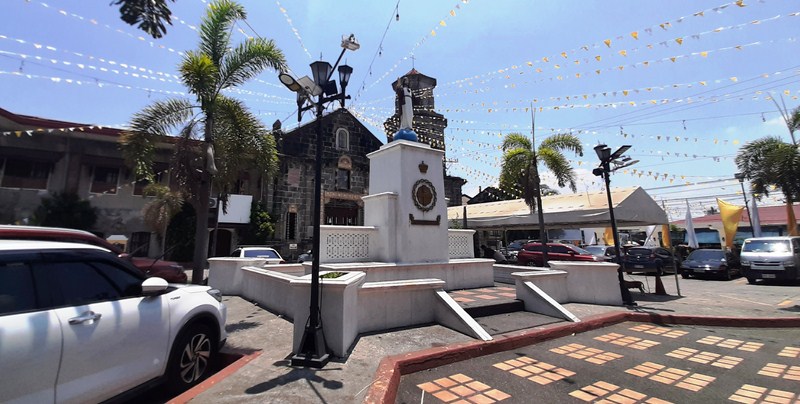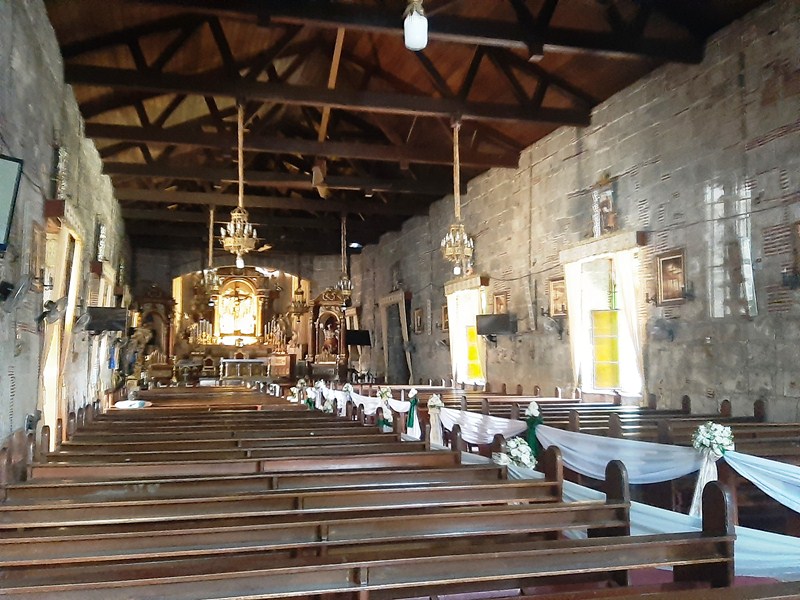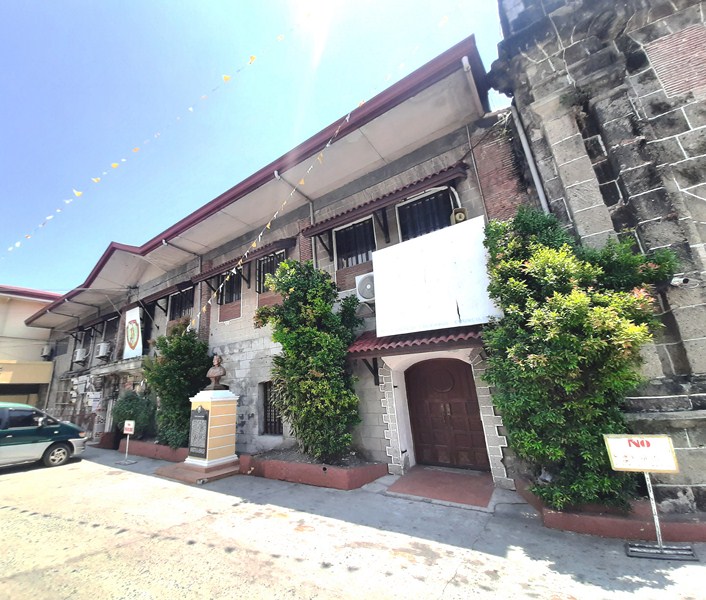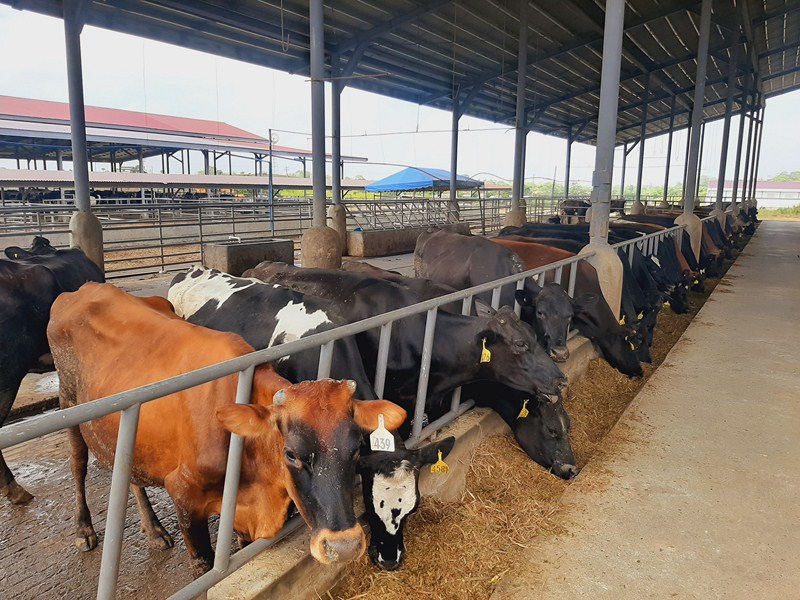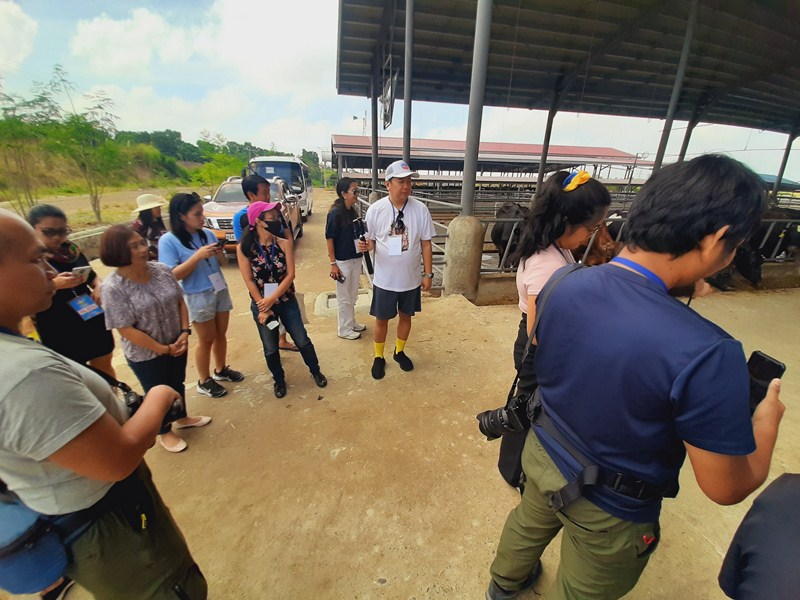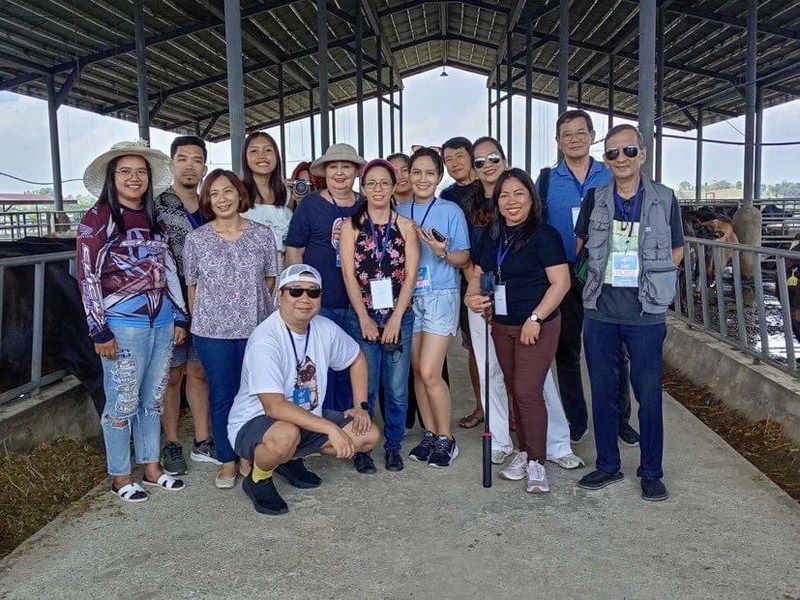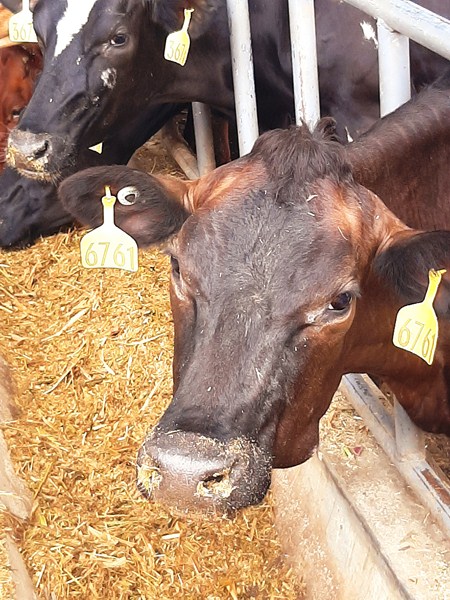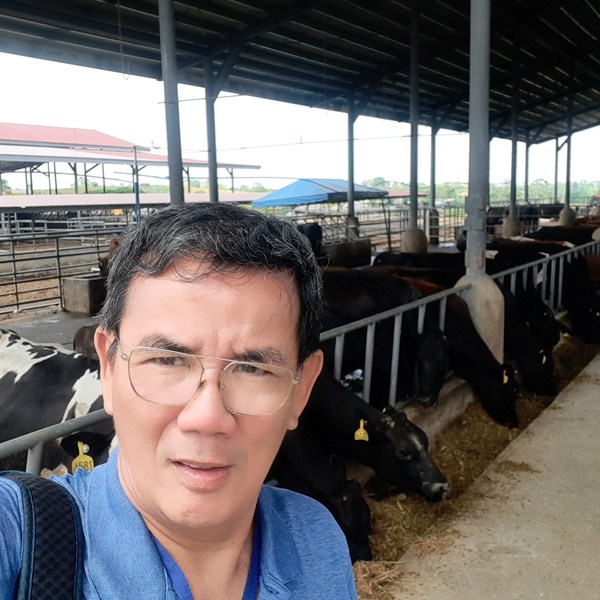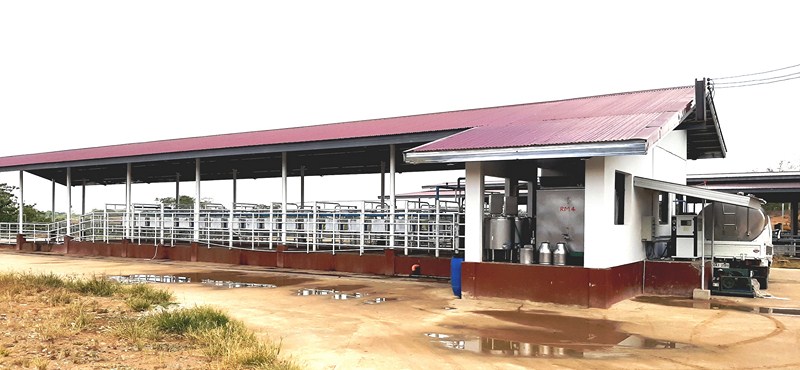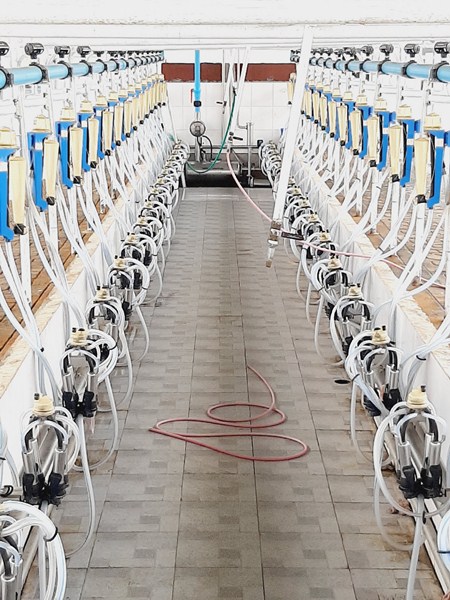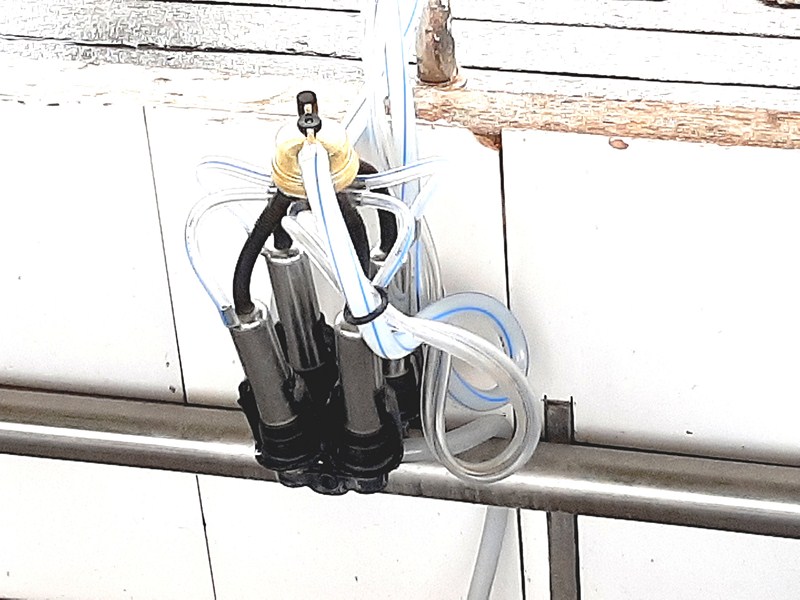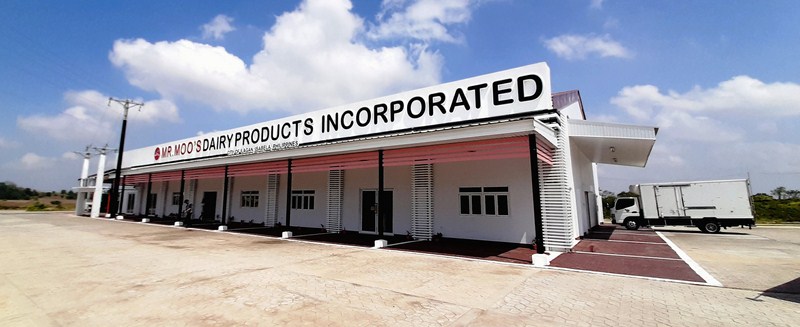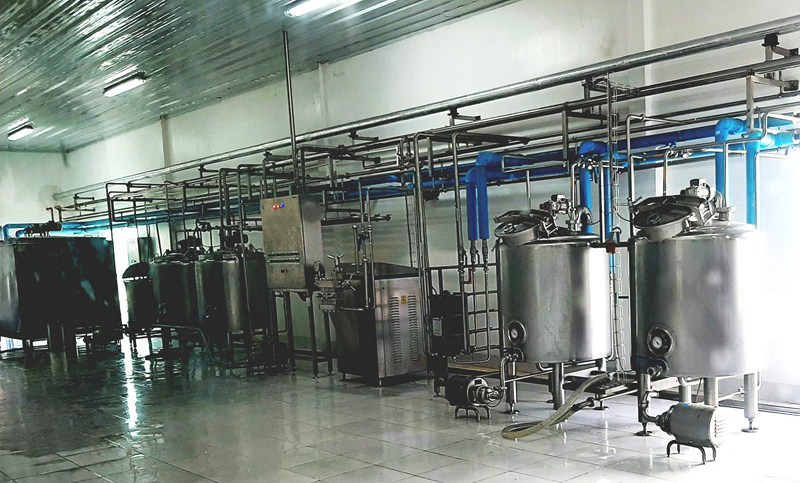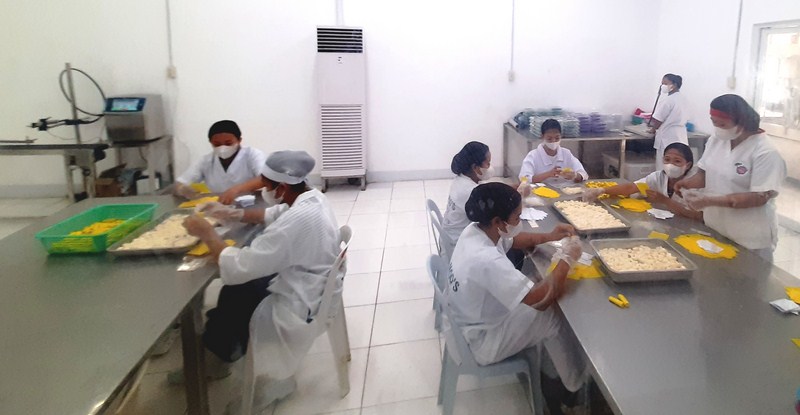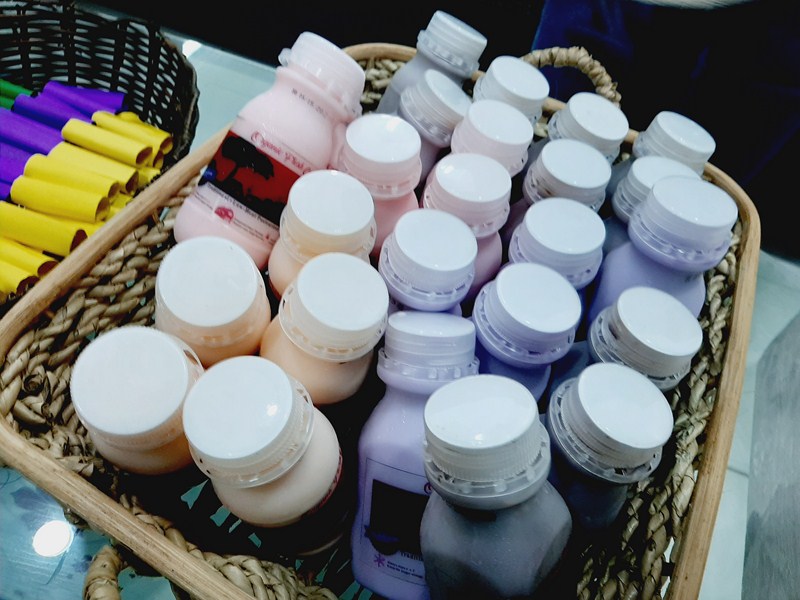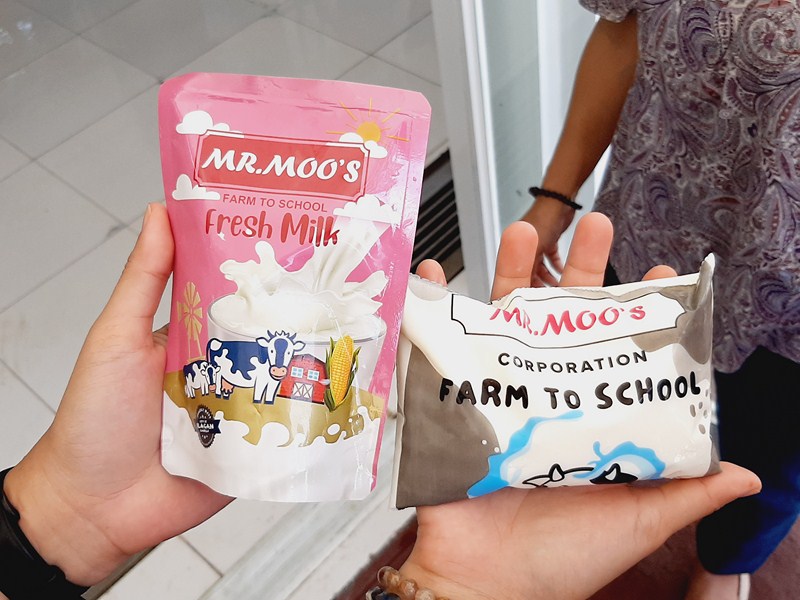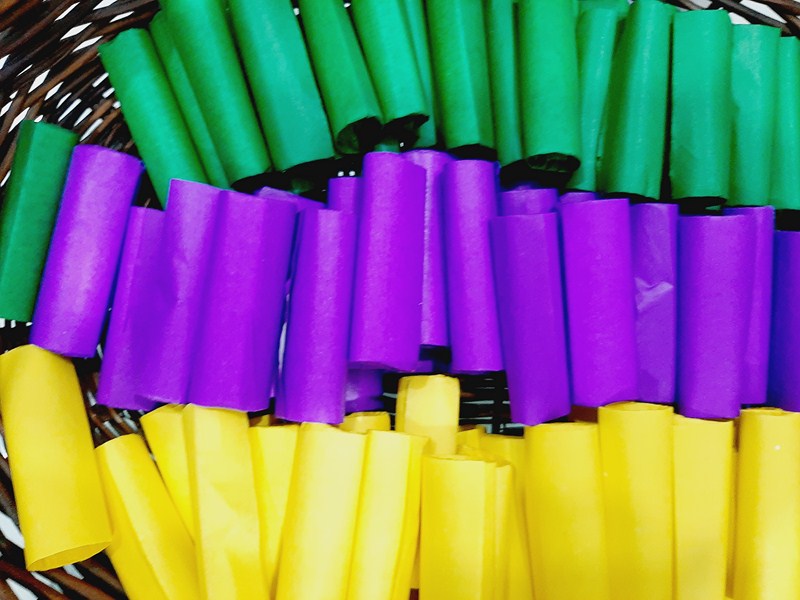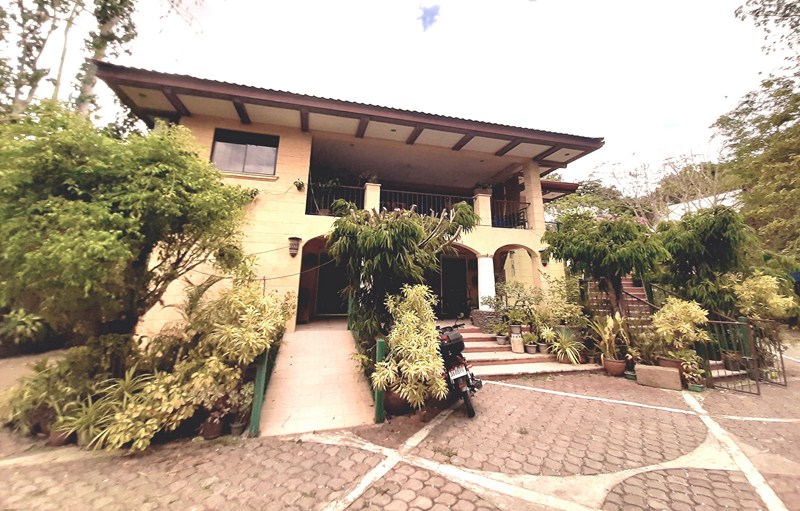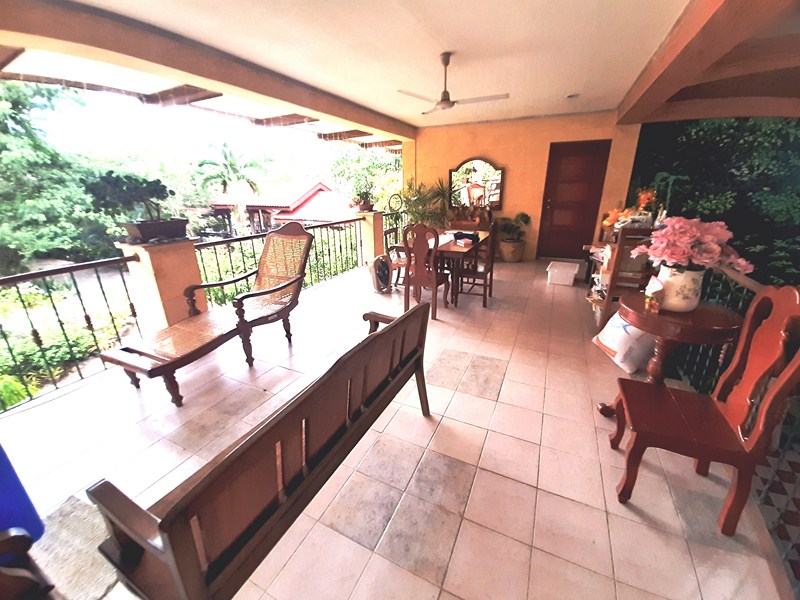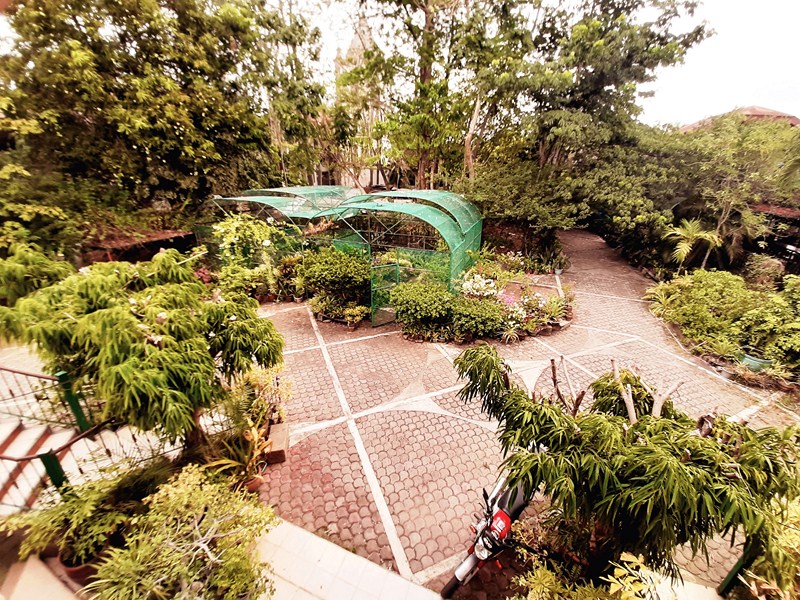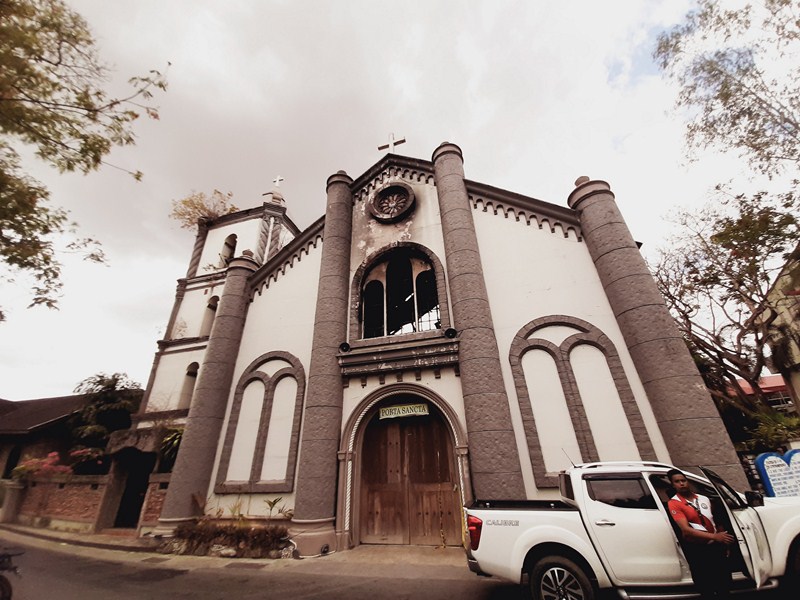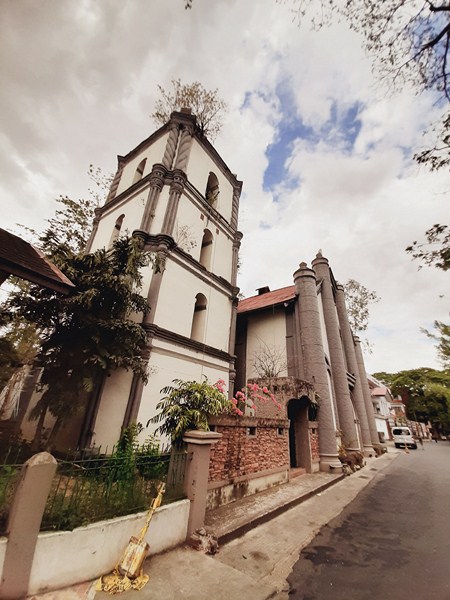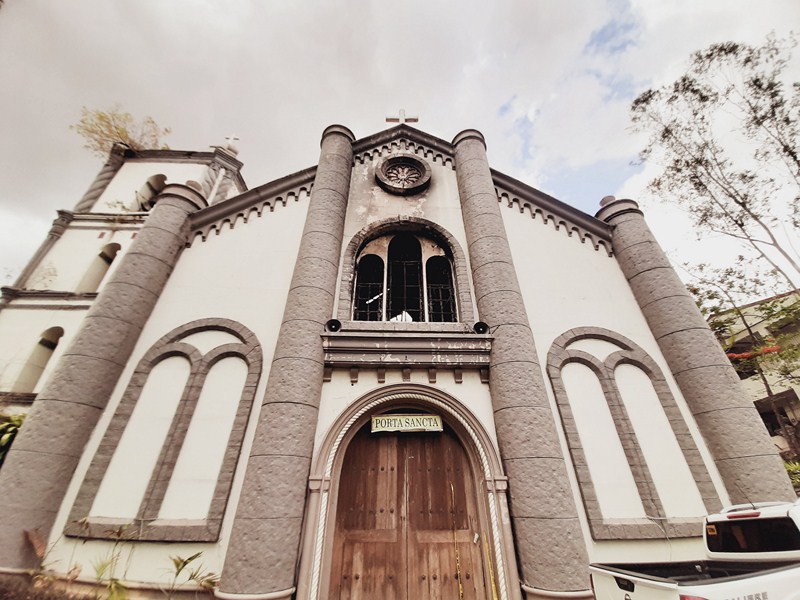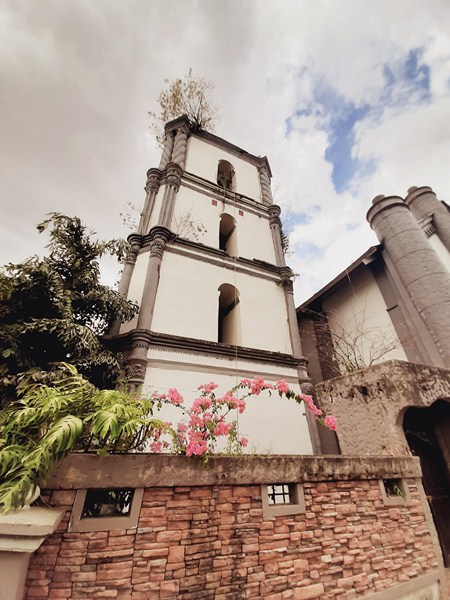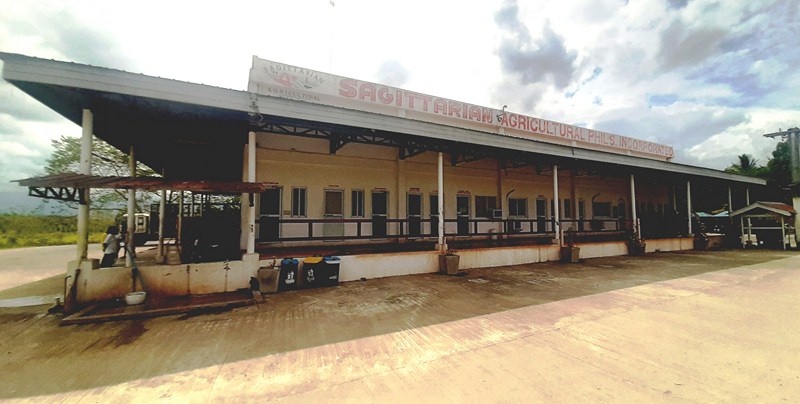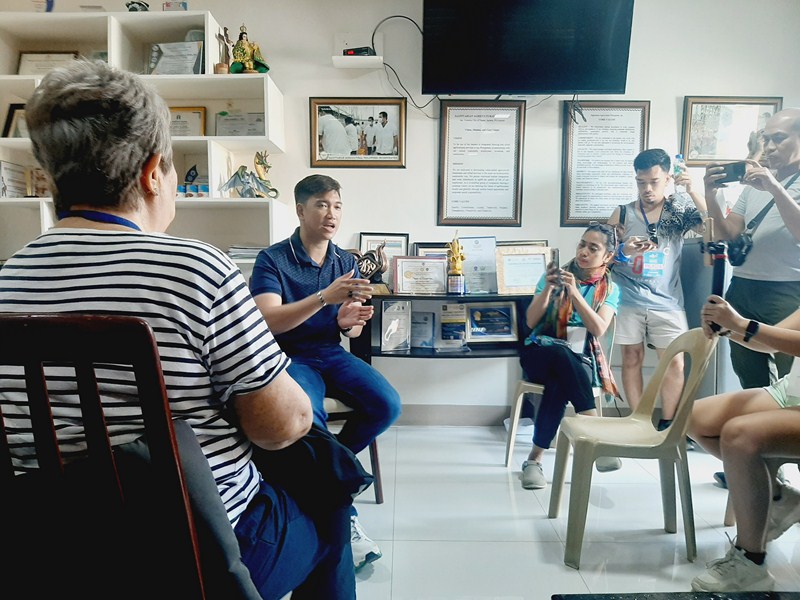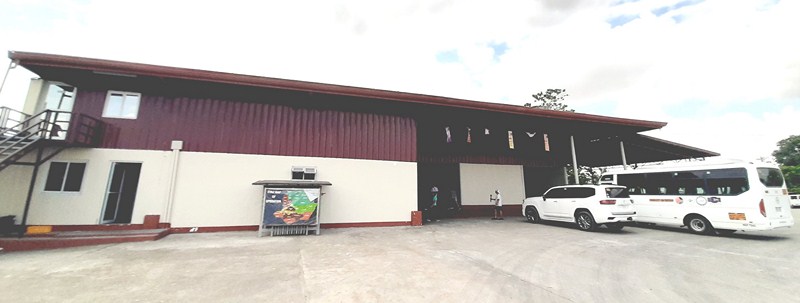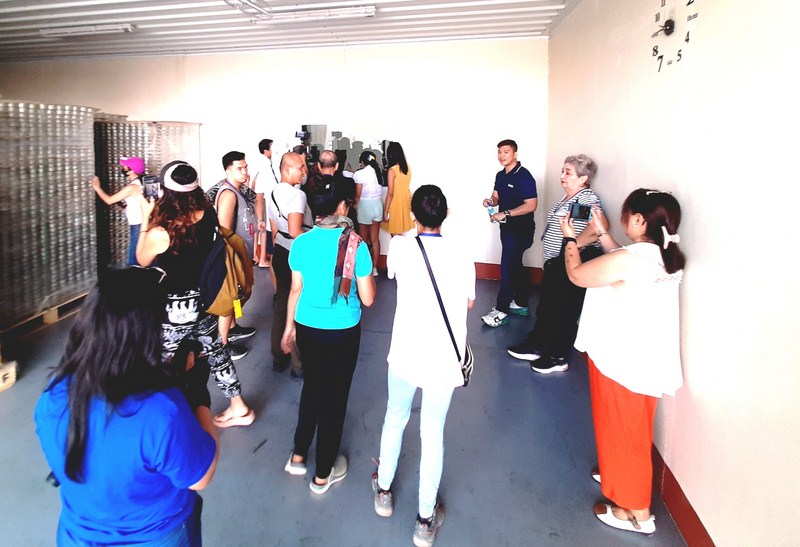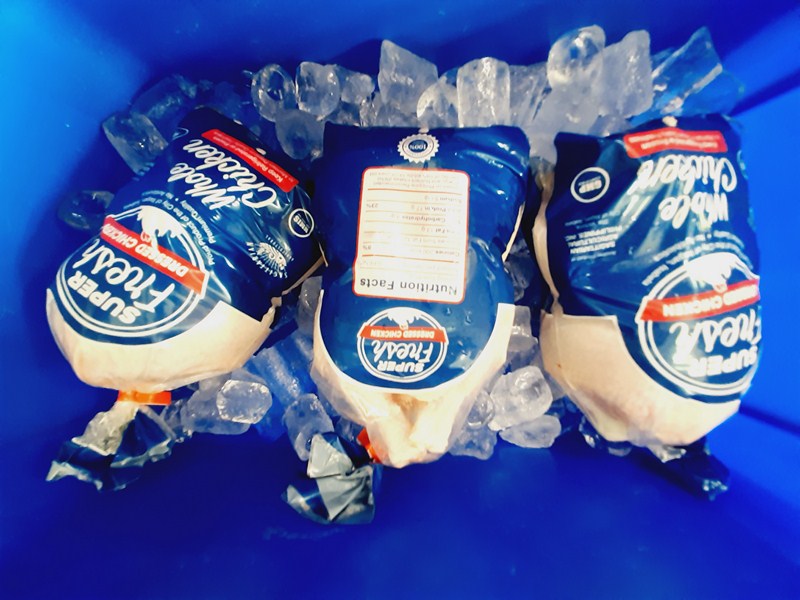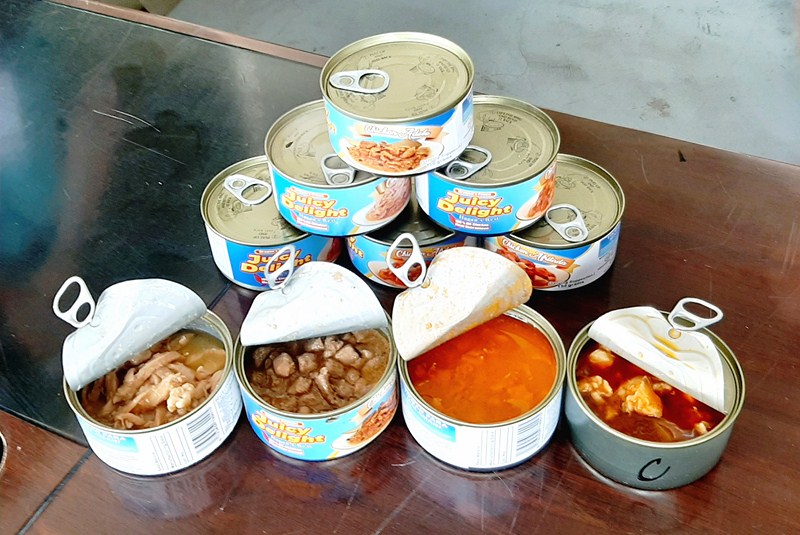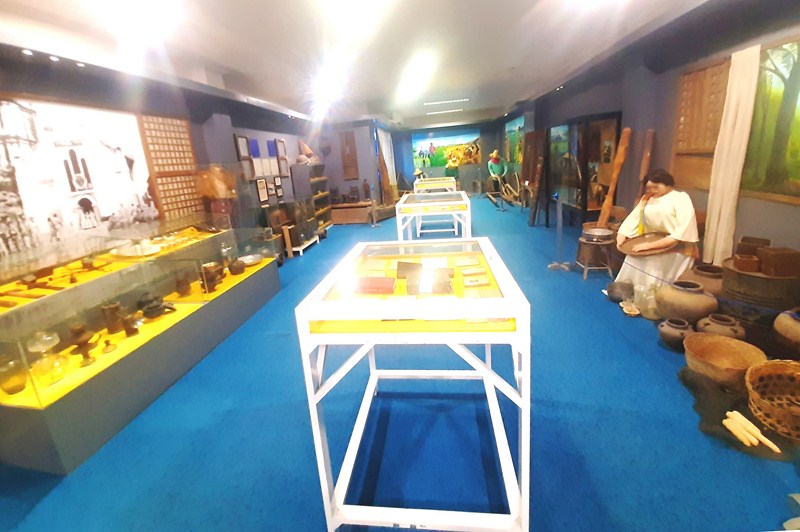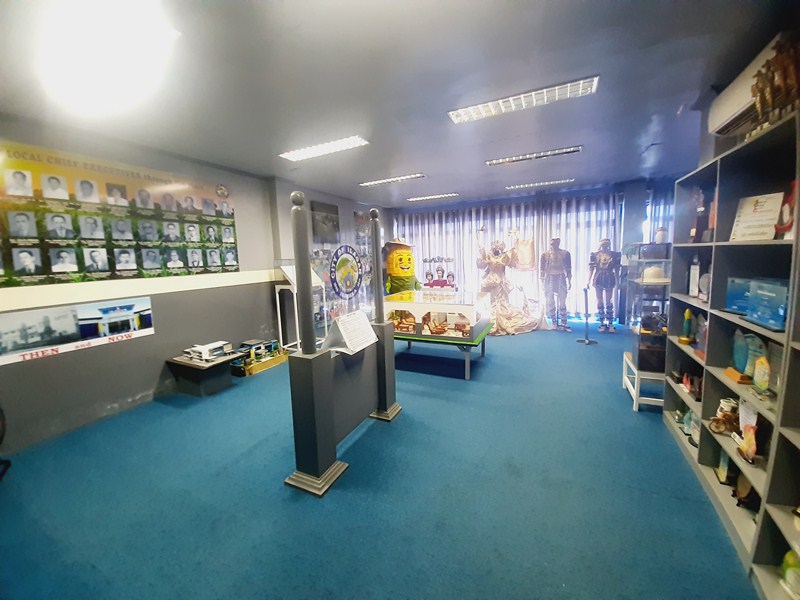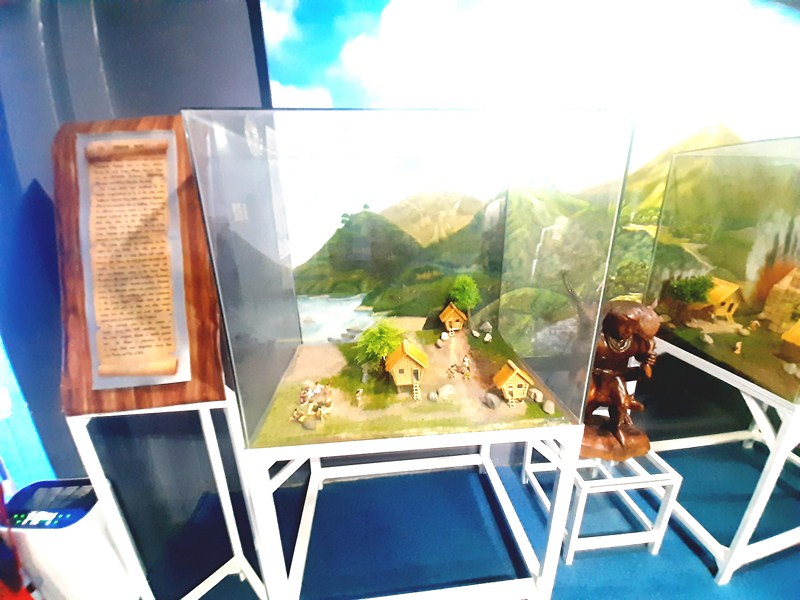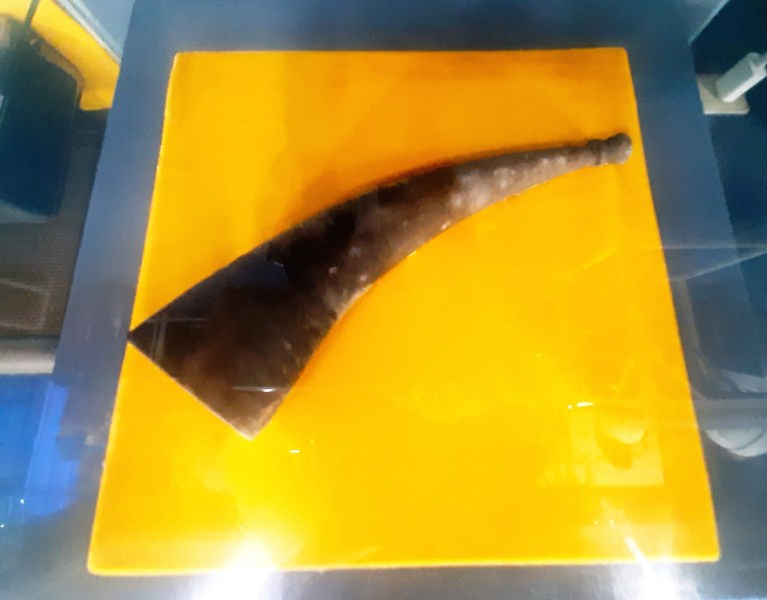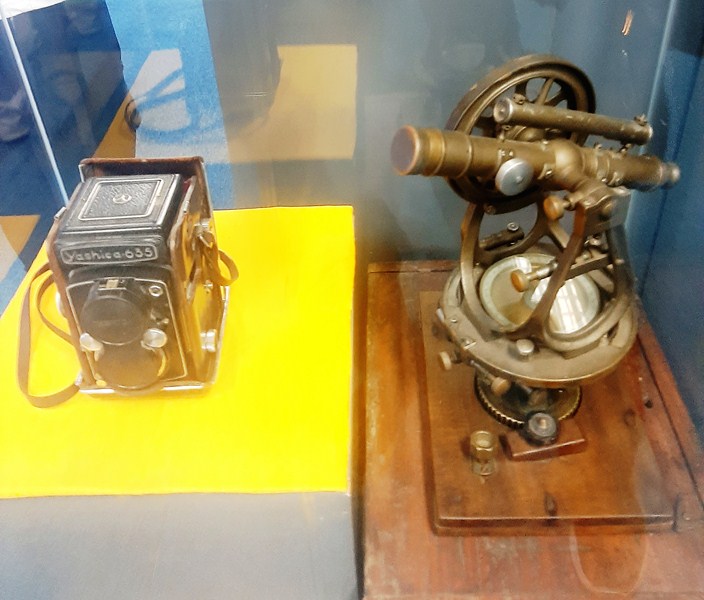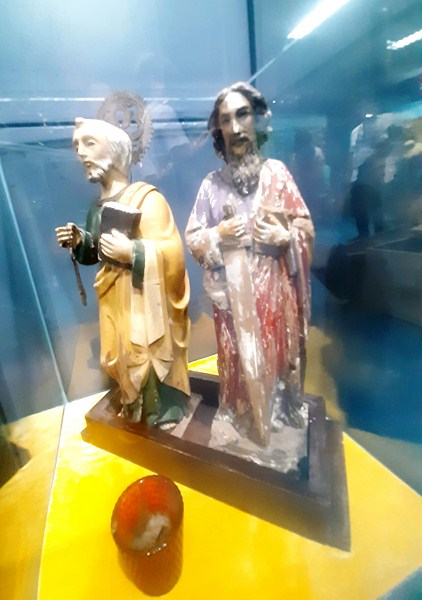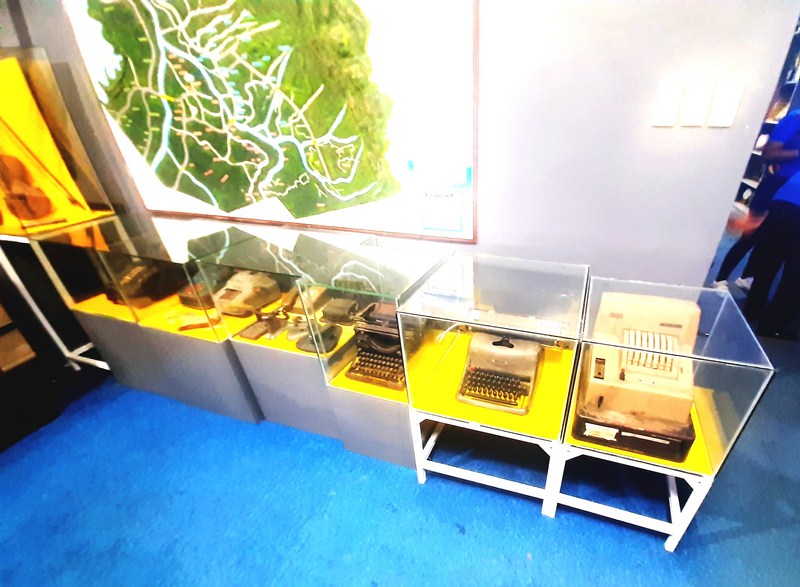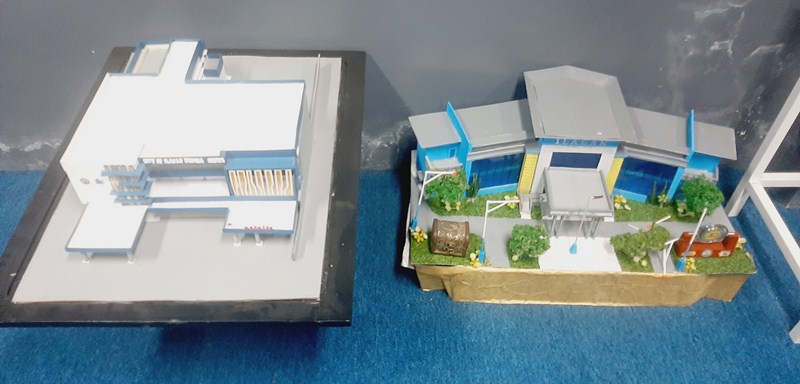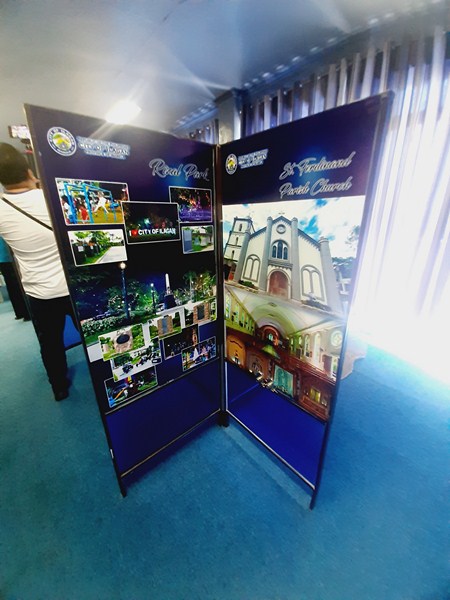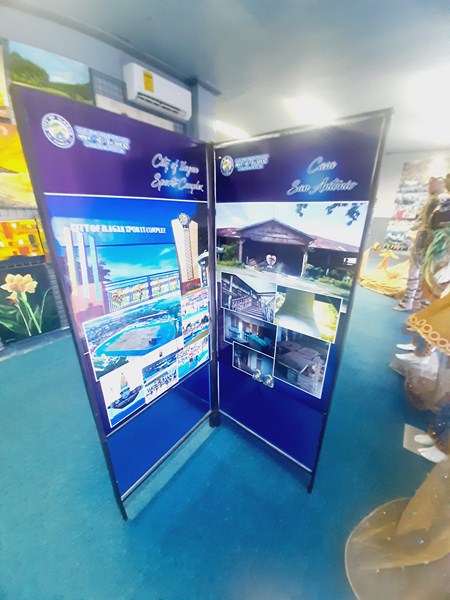The historic parish church of St Cuthbert, and its graveyard, are a significant part of Edinburgh’s heritage (the church has been a Category A listed building since 1970) that are both well-maintained. The church, on the oldest continually used site of worship in the whole city, a parish church of the Church of Scotland. The earliest church on the site was said to have been founded by St. Cuthbert around 670 AD.
Partly due to its closeness to Edinburgh Castle, the church was, at different times, caught in cannon crossfire between opposing armies, suffering severe damage or being destroyed as a result and it is believed that there have been seven churches built on its site. The present church of St Cuthbert’s, built in the Baroque and Italian Renaissance style, was designed (except for the steeple of the previous church which was retained), by Hippolyte Blanc and built between 1892 and 1894. It is apparently quite beautiful inside, with stained glass windows by Louis Comfort Tiffany, Douglas Strachan, and Ballantyne & Gardiner; mural paintings by Gerald Moira and John Duncan; and memorials by John Flaxman and George Frampton. However, on this particular day, it was closed to visitors.
The church, divided into upper and lower levels by a continuous course of ashlar dressings, has a roughly dressed and snecked, cream sandstone exterior, with every corner decorated with half-fluted Corinthian pilasters, on the upper stage (pierced with round-arched windows, with architraves supported by half-fluted Corinthian pilasters, of each of the four western bays), and quoining on the lower (each bay pierced by an oblong window below a corniced architrave). The slated roof rests at a shallow pitch. The near-identical north and south elevations terminate with square-based, three-storeyed Baroque towers on the east sides of the transepts.
The church itself was where the almost 40-year old crime writer Agatha Christie married the 26-year old (a nearly 14-year age gap which was considered scandalous by some at that time) archaeologist Max Mallowan, her second husband, in 1930, a runaway affair, with the couple eloping northwards, from England to Edinburgh, where the service was conducted without friends or family, and just two strangers brought off the street to act as witnesses to the ceremony.
The large graveyard, near Edinburgh Castle, is believed to be on the oldest Christian site in Edinburgh. The graveyard is impressive, containing hundreds of monuments worthy of notice, including one to John Grant of Kilgraston (near Perth), and a number of graves that are worth examining as it holds the remains of notable individuals like Thomas De Quincey (1785–1859, author of Confessions of an English Opium-Eater) and John Napier. The first reference to a graveyard here is recorded as being in 1595.
The mathematician John Napier (1550–1617) discovered logarithms and invented ‘Napier’s Bones’ (because the instruments were originally carved from bone or ivory), a device for easily calculating large sums, a precursor to the pocket calculator. He is buried in an underground vault on the north side of the church (reburied after destruction of the kirkyard of St. Giles to build Parliament House).
The three-bay Gothic mausoleum of the Gordons of Cluny, by David Bryce contains the tomb of Cosmo Gordon of Cluny FRSE (1736–1800), a politician and co-founder of the Royal Society of Edinburgh in 1783.
Robert Tait McKenzie, a Canadian doctor and sculptor, created the memorial known as The Call 1914, in nearby Princes Street Gardens, which commemorates the Scots soldiers who were killed or injured during the First World War. His heart is buried in St Cuthbert’s kirkyard, with a small decorative plaque commemorating his life. Mackenzie originally wanted to be buried in front of the memorial after his death.
Sir Henry Raeburn (1756–1823), one of Scotland’s foremost portrait painters in the eighteenth century, is buried on the eastern wall of the graveyard. Another artist buried here is Alexander Nasmyth (1758–1840), also an architect and inventor, whose most notable painting is the much-copied portrait of Robert Burns. His son, James Nasmyth, also a prolific inventor, is most famous for the steam hammer while his other son, Patrick Nasmyth continued the family line as an artist of note.
Also buried here is Jessie MacDonald, granddaughter of Flora MacDonald (who helped Bonnie Prince Charlie, the Young Pretender of the Jacobite Uprisings, escape Scotland after his defeat at the Battle of Culloden in 1746), and George Meikle Kemp (1795–1844), the self-taught architect and master joiner whose major gift to the city of Edinburgh was the Scott Monument, the “Gothic rocket’’ of in Princes Street Gardens.
Other noteworthy burials in the graveyard include:
- The Rev. David Williamson (1636–1706) – known in Scots songs as “Dainty Davie,” he was ousted from the church in 1665 as a Covenanter. He then served as a captain on the rebel side at the Battle of Bothwell Bridge (1679) and was restored as minister of St. Cuthbert’s in 1689, rising to be moderator of the General Assembly in 1702.
- Charles Darwin (1758–1778) – uncle of the naturalist Charles Darwin, he was a talented medical student but fell ill and was buried in the Duncan family vault at the Chapel of Ease on the South side of the city, now known as the Buccleuch Parish Church Burying Ground.
- Alexander Gordon, Lord Rockville (1739–1792)
- Alexander Murray, Lord Henderland (1736–1795), and his son, John Murray, Lord Murray (1778–1858) – buried in a huge monument north of the church.
- James Erskine, Lord Alva (1722–1796)
- The 15th Earl of Glencairn (1749–1796)
- James MacKnight DD (1721–1800) – religious author and Moderator of the General Assembly of the Church of Scotland in 1769
- Professor James Robertson(1714–1795)
- Alexander Hamilton FRSE (1739–1802) and his son James Hamilton FRSE (1767–1839) – both were Scottish physicians and Professors of Medicine and Midwifery at Edinburgh University
- Sir John Ogilvy of Inverquharity (1722–1802)
- Thomson Bonar (1739–1814) – co-founder of Encyclopædia Britannica
- Richard Crichton (1771–1817) – architect
- Adam Rolland of Gask (1734–1819) and his grandson James Rolland
- Thomas Morison (1761–1820) – Adam was a judge while James was a builder of large sections of the Second New Town (north of Queen Street Gardens) and founder of Morison’s Academy in Crieff.
- George Winton (1759–1822) – built the largest monument in the churchyard.
- Henry Dewar (1771–1823)
- Alexander Kennedy (1764–1827) – physician
- David Steuart (1747–1828) – Lord Provost of Edinburgh from 1780 to 1782
- Rear Admiral James Haldane Tait (1771–1845)
- Robert Archibald Smith (1780–1829) – composer
- Andrew Mitchell Thomson DD (1779–1831)
- Thomas Allan (1777–1833) – mineralogist
- Thomas Sivright FRSE (1783–1835) – art and book collector
- George Watson(1767–1837) with his son William Smellie Watson (1796–1874) – George was an RSA artist while William was also an artist
- Prof. George Paxton (1762–1837)
- Anne Grant (1755–1838) – poet and author
- The Rev. John Jamieson DD FRSE (1759–1838) – antiquarian
- John Shaw Stewart FRSE (1793–1840) – essayist
- John Abercrombie (1780–1844) – physician
- David Dickson (1780–1842)
- Sir Richard Honyman(1787–1842)
- Robert Murray McCheyne (1813–1843)
- James Stevenson RSA (1780–1844) – artist
- David Welsh (1793–1845)
- Admiral James Haldane Tait (1771–1845)
- Andrew Combe (1797–1847) – phrenologist
- John Stark FRSE (1779–1849) and his son James Stark FRSE (1811–1890) – John was a natural history author and printer
- Capt. James Haldane (1768–1851)
- Prof John Lee (1779–1859)
- Susan Ferrier (1782–1854) – author
- Patrick Robertson, Lord Robertson (1798–1855)
- William Home Lizars (1788–1859), his brother John Lizars (1792–1860) and father Daniel Lizars Sr.
- Henry Grey (1778–1859)
- Thomas Stewart Traill (1781–1862)
- William Tait (1793–1864) – publisher
- James Pillans (1778–1864) – educator
- James Frederick Ferrier (1808–1864) – first epistemologist.
- George Aikman(1788–1865), engraver
- William Borthwick Johnstone RSA (1804–1865) – first Keeper of the National Gallery of Scotland
- Very Rev. Prof. James Robertson (1806–1860) – Moderator of the General Assembly of the Church of Scotland
- John Marshall, Lord Curriehill (1794–1868) – law lord
- Elizabeth C. Clephane (1830–1869) – hymnwriter
- William Penney, Lord Kinloch (1801–1872) – law lord
- James Craufurd, Lord Ardmillan (1804–1876) – law lord
- Peter David Handyside FRSE (1808–1881) – anatomist
- David Rhind(1808–1883) – architect
- Duncan McLaren (1800–1886) with his son Walter McLaren (1853–1912) – Duncan was an MP and Lord Provost while Walter was an MP.
- Priscilla Bright McLaren (1815–1906) – suffragist and abolitionist
- Robert Reid Raeburn (1819–1888) – architect
- William Fettes Pitcairn (1804–1891) – theological author
- John Kippen Watson FRSE (1818–1891) – was in charge of Edinburgh’s gas lighting.
- Jane Clapperton (died 1914) – suffragette and novelist
- Robert Traill Omond FRSE (1858–1914), physicist and geologist
- Sir Donald Crawford(1837–1919)
- Walter Biggar Blaikie (1847–1928) – engineer, historian and astronomer
- Mabel Dawson RSW (1887–1965) – artist
- James Frederick Strachan, Lord Strachan (1894–1978)
- Sarah Mair (died1941) – suffragette
Many were also buried within the church. They include William Paul (1754–1802), Chaplain in Ordinary to George III; and Sir James Rocheid of Inverleith (1715–1787).
West of the transept, on the north side, are steps that descend to a round-arched doorway, in the basement level, that lead to the Nisbet of Dean burial vault. Buried here is Henrie Nisbet of Dean (died 1609) and his son William Nisbet of Dean. Henrie was Provost of Edinburgh, from 1592 to 1593, while William was twice Provost of Edinburgh 1615 to 1619 and 1622 to 1623. Constructed in 1692, it was retained during the construction of the current church and its predecessor.

Dog sculpture commemorating Edinburgh’s sister city of San Diego (California, USA) and their respective celebrity dogs (Greyfriar’s Bobby, of Edinburgh, and Bum of San Diego)
St, Cuthbert Church Graveyard: 5 Lothian Road, New Town, Edinburgh, EH1 2EP, Scotland.












